A Guide to Food and Wine Pairing


Wine is a fantastic accompaniment to food, however, some combinations are better than others. To get the best out of your food and wine pairings, there are some basic principles that should be taken into account. First things first, always drink a wine that you enjoy with food that you enjoy. No matter how well the wine matches the food you are eating, if you don’t like it, you won’t enjoy it so always go for something you love.
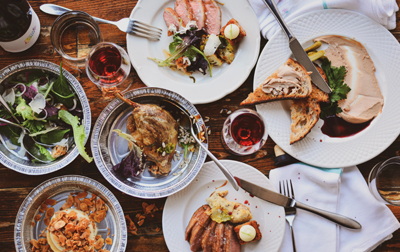

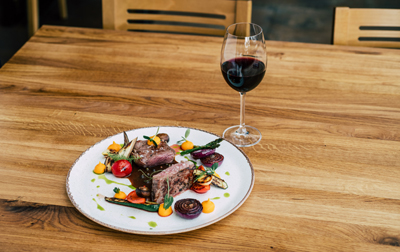

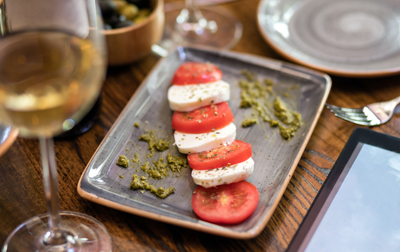

Match the Weight
Rich, hearty dishes need a rich, hearty wine to match, whereas lighter dishes need to be paired with lighter wines. For example, a full bodied Cabernet Sauvignon would match well with a hearty beef casserole and a lighter Pinot Grigio would match well with a creamy pasta dish.
Flavours
Keep flavours in balance. When matching your food and wine, pick out key flavours of each. Match mild food with mild wines and big, flavourful foods with big flavourful wines. Think about the richness of the food, a rich dish should be matched with a rich wine. An earthy Pinot will go really well with Mushroom based dishes, the citrus flavours in Sauvignon Blanc work well with fish in the same way that lemon does. Spicy food suits spicy wines, a Gewurztraminer, Shiraz, or even a Pinot Gris would match well with spicy foods. A contrast of flavours and work well together, for example a salty stilton paired with a sweet port can work beautifully.
Acidity
If you are eating a rich ‘fatty’ dish such as a steak, and would like to drink red wine with it, choose a wine with relatively high tannins. The tannin will help to cleanse the palate. If you are eating a rich ‘fatty’ dish and would like to drink white wine with it, choose a wine with a refreshing, crisp acidity such as a Sauvignon Blanc. Foods with high acidity such as, a squeeze of lemon, vinaigrette, tartar sauce, capers, and tomatoes will also need a wine with acidity to balance out the flavours. A classic Chablis or a Chenin Blanc will pair well as they are both naturally high in acidity.
Smoke Needs Oak
Smoked dishes have a stronger flavour which is complemented by oak aged wines. Rather than a light Chablis with smoked salmon try an oaked Chardonnay that will bring out the smoky/oaked flavours.
Sauces
It is important to get to know the ingredients of each dish and which flavours dominate. Even though the sauce may not be the main part of the dish, it may be the dominant flavour so the wine should match with the sauce. A creamy buttery sauce works well with a richer, creamy wine such as a rich Chardonnay. Light and delicate sauces require light and delicate wines. However a full wine with good depth of flavour is called for when you have red wine reductions or full spicy sauces.
Anyone for Pudding?
When matching wine to a pudding it is important to match the sweetness of the pudding to the wine. If the pudding is sweeter than the wine the wine will just get lost. Try a sticky toffee pudding or treacle tart with a rich, sticky Rutherglen Muscat. A crème brulee is crying out for Sauternes. Alternatively some sweet wines go extremely well with cheese; a sliver of Yorkshire Blue with a glass of chilled Sauternes, sublime…
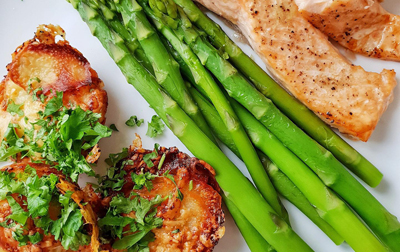

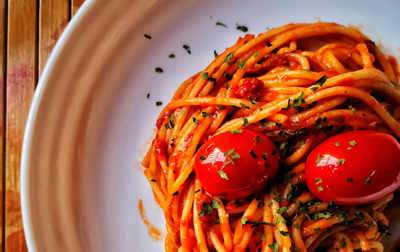

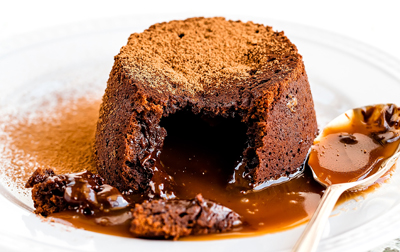

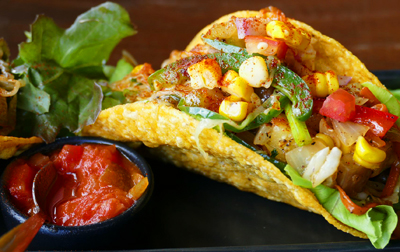

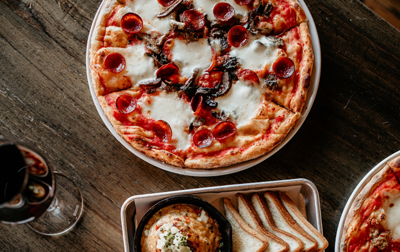

Wine's Worst Enemies
A few foods can flatten wine – artichokes, kippers, salsas and vinegars. When choosing wine with these foods the general rule for reds is to avoid tannic reds and go for young juicy wines instead or when choosing white wines go for whites with plenty of fruit and fresh acidity.
If in doubt
If you are struggling to choose a wine to match your food, remember foods generally go best with the wines that they originate from. So if you are eating Italian food, try an Italian wine.
